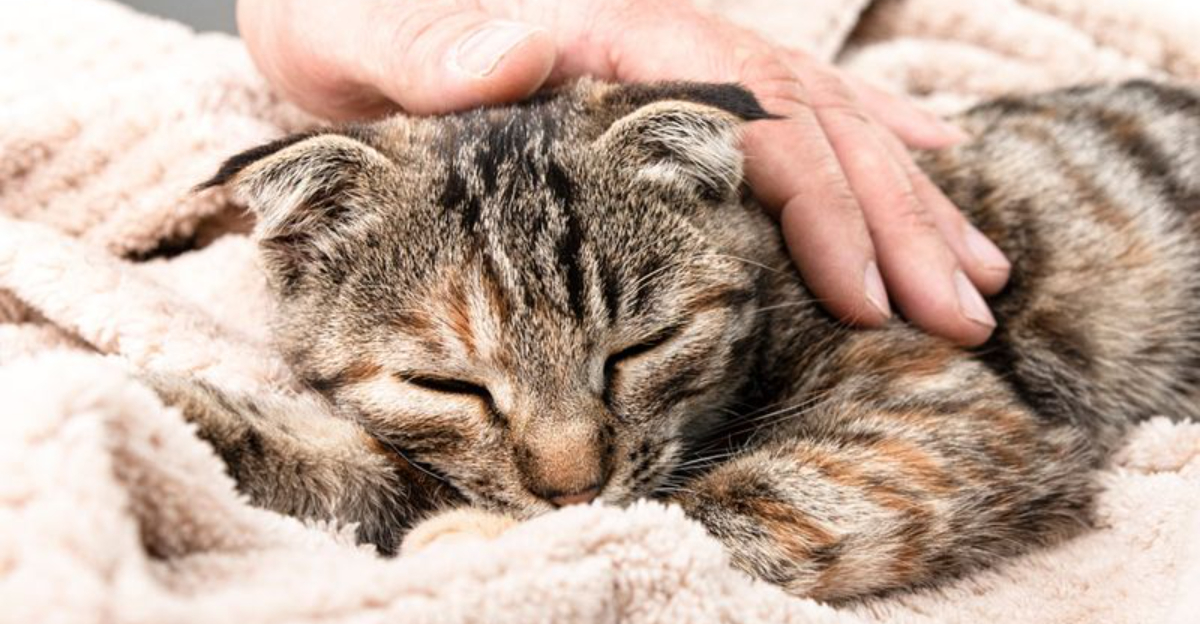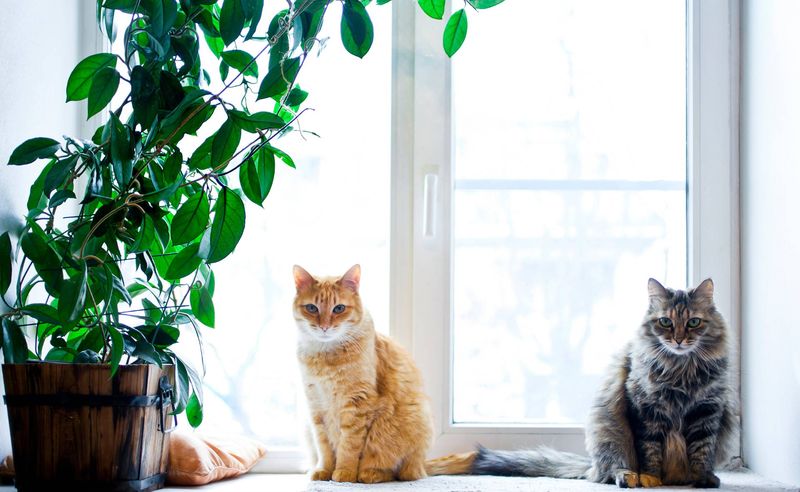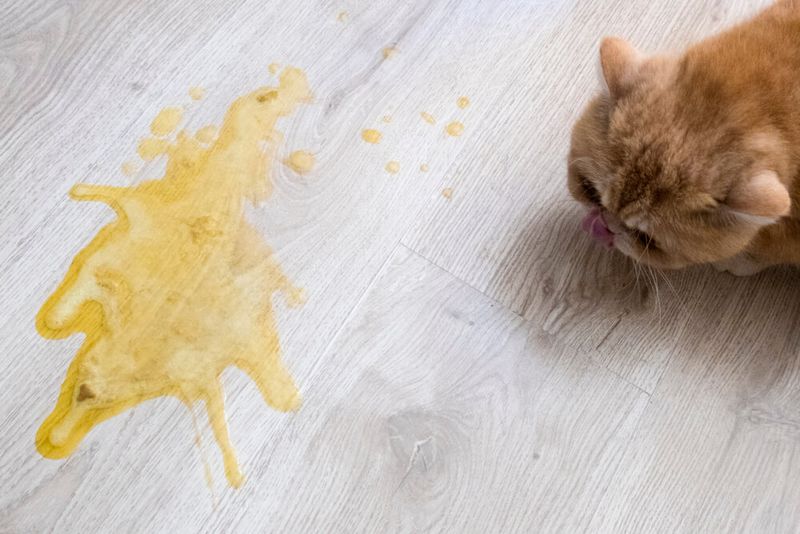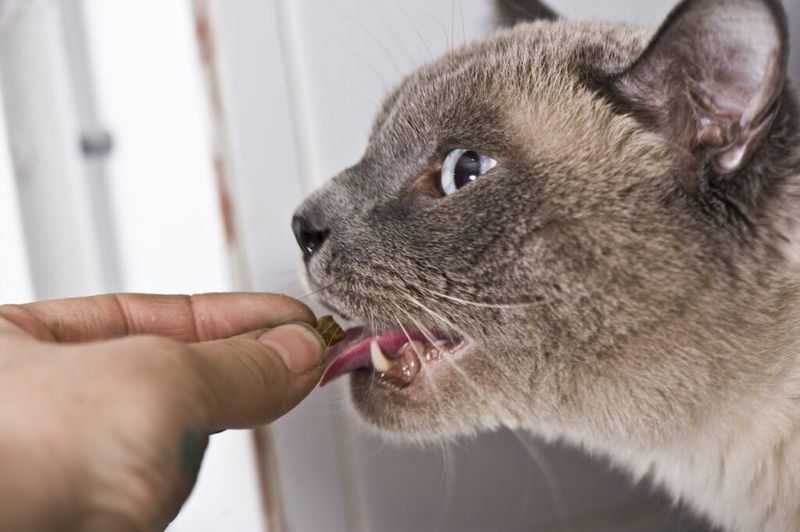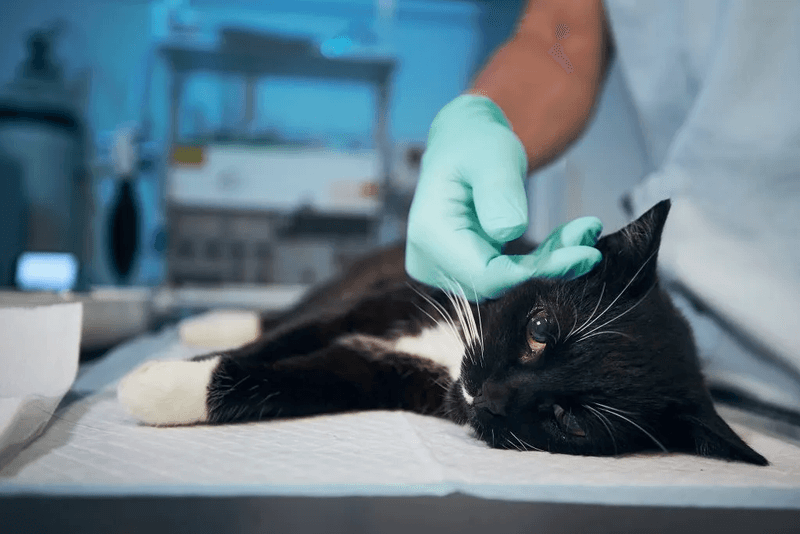📖 Table of Content:
Cats are naturally curious creatures, and their inquisitive nature can sometimes get them into trouble—especially when it comes to tasting things they shouldn’t. From houseplants to human foods and household cleaners, our homes can be filled with substances that pose a real danger to our feline friends. If your cat has eaten something potentially toxic, knowing how to respond in those first few moments is critical for their safety and recovery.
The signs of poisoning in cats can vary greatly depending on the toxin and the amount ingested. Sometimes, there are obvious symptoms like vomiting or lethargy; other times, the effects can be subtle or delayed. That’s why it’s important not to wait for symptoms before taking action—every minute matters when it comes to possible poisoning.
This article outlines seven essential steps to follow if you suspect your cat has consumed something harmful. Each piece of advice is designed to help you stay calm, act decisively, and protect your pet’s health in a stressful situation. With preparation and quick thinking, you can make a life-saving difference for your furry companion.
1. Stay Calm but Act Quickly
Panic helps no one—not you and certainly not your cat. In an emergency, your mental clarity is one of your most valuable tools. When you remain composed, you’re better able to assess the situation, gather information, and make informed decisions. Deep breaths and a quick grounding technique can help you focus. If others are around, calmly delegate tasks like finding a vet’s number or securing the pet. Your calm demeanor can also prevent your cat from becoming more stressed or aggressive. Remember, acting fast is important, but acting smart is even more vital.
2. Identify What Was Ingested
Finding out exactly what your cat got into can drastically change how the situation is handled. Even the difference between dark chocolate and milk chocolate, or a lily versus a daisy, can be crucial. Inspect the area for chewed packaging, food scraps, or damaged plants. Take photos or keep a sample to show your vet later. If you’re unsure, write down anything your cat had access to in the last few hours. Details like brand names, chemical ingredients, or time of exposure can provide vital clues. The more information you have, the better the chances of quick and accurate treatment.
3. Don’t Induce Vomiting Unless Instructed
Although it might seem helpful, inducing vomiting can sometimes worsen your cat’s condition. Certain toxins—like bleach or essential oils—can cause more damage on the way back up than they did going down. Additionally, many cats react poorly to hydrogen peroxide or other common emetics, making the situation more complicated. That’s why you should always wait for professional instruction before taking such steps. Veterinarians assess the type of poison, your cat’s health, and the elapsed time before recommending any action. Acting without guidance could delay proper treatment or cause unnecessary harm. Trust the experts on this one—wait and ask first.
4. Contact a Veterinarian or Poison Control
Calling a professional immediately is often the most important move you can make. Whether it’s your local vet, an emergency clinic, or a poison hotline, these professionals are trained to respond to toxic exposure cases. Provide as much detail as possible: what your cat may have ingested, the amount, when it happened, and any symptoms observed. Keep emergency numbers saved in your phone or posted on your fridge for quick access. Time is critical, and phone guidance can help you make smart choices en route to the clinic. These experts may recommend observation at home or urgent in-clinic treatment. Don’t second-guess it—call right away.
5. Watch for Symptoms
Symptoms of poisoning may not appear right away, which makes vigilant monitoring essential. Keep a close eye on your cat’s behavior and appearance over the next several hours. Signs like excessive drooling, unsteady walking, tremors, vomiting, or rapid breathing can signal a problem. Subtle changes—like hiding, unusual vocalization, or staring—can also be red flags. Make notes of any behavior shifts to report back to the vet. Even if your cat initially appears fine, toxic substances can have delayed effects. Early detection of symptoms can make treatment easier and more effective.
6. Bring a Sample to the Vet
Whenever possible, take a sample of what your cat may have ingested to the veterinary clinic. That could be a portion of the food, packaging, plant leaf, or even vomit if your cat has thrown up. Vets often rely on this kind of evidence to confirm the toxin and decide on an appropriate treatment plan. Don’t worry about it being messy—seal it in a plastic bag or small container for transport. If the original container has ingredients listed, bring that too. This step can speed up diagnosis and improve your cat’s chances. The more information you provide, the better the care your pet will receive.
7. Prevent Future Incidents
Lastly, prevention is the most powerful tool in your pet safety kit. Cats are excellent jumpers and climbers, so never assume something is “out of reach.” Store all food, medications, and cleaning supplies in secure cabinets with latches or locks. Remove toxic plants from your home—common culprits include lilies, aloe vera, and pothos. Secure trash bins, close toilet lids, and be cautious with scented oils and diffusers. Create a checklist of hazards in each room and take preventive action accordingly. Investing a little time in cat-proofing your home can save you from future emergencies and vet bills.
